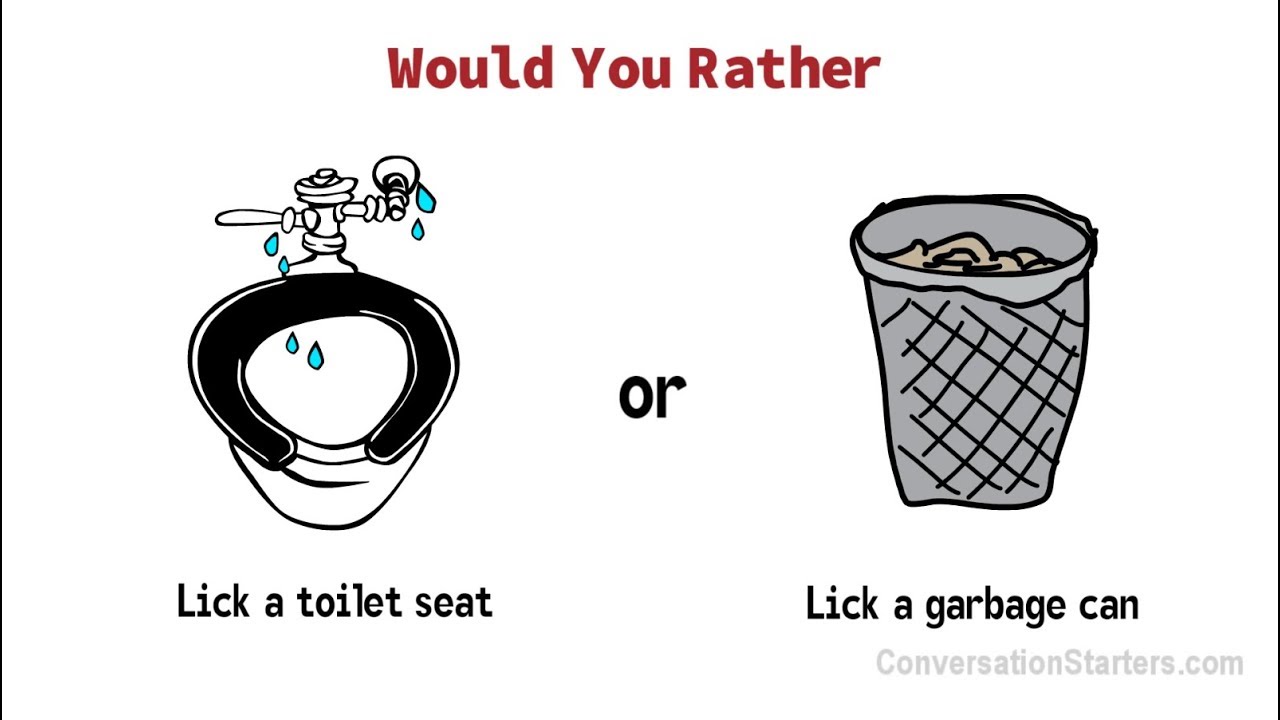
Motivational speeches encourage people to try new things or move in a different direction. An outline for an inspirational speech is a great tool to help you achieve that goal. It should highlight key points relevant to your topic that can engage your audience.
You can communicate your points best by giving a well-planned and researched speech. Before you begin, write down the main points. The outline will help you organize your presentation.
Your outline will help you structure your presentation in a logical way and make the best use of the different elements of your speech. An outline can help you create a template that allows you to quickly compose any type or speech.

Not all elements are important, but they should still be present in your speech. You can ask a question at the end of your speech or call for action. This will allow you to reinforce your main objective and encourage the audience to take action on your message. You can engage your audience further by including humor or a personal story at your end of the speech.
The outline's structure and granularity are also important, but less obvious. The length of your speech will determine the granularity. A shorter speech outline could only include one or two key points. While a longer presentation may require more intricate structures.
Another useful speech outline element is a summary. The outline should be able to list at least 3-5 key points of your speech. It should also contain sub-components, transitions, and other relevant information that is pertinent to the overall presentation.
The main idea is the most important element of a great speech. Before you begin to write a speech, you'll need to learn as much about your subject matter as possible. You can find information about your topic in many different ways, but it is best to verify the information.

A well-designed outline can help you ensure you don't miss any opportunities. A good outline will allow for logical structure and not just looking at your notes. A well-constructed outline will help you make the most of your knowledge about your topic.
A rhetorical device is another helpful tool for speech outline. These words and phrases can be witty, inspiring, or both. They will help to create a recognizable and consistent speaking style that your audience will recognize.
The three-part outline template is another option. This is not the best form of speech outline but it is a great way for you to connect the elements of your speech.
FAQ
What words to use to pick up a girl?
Charm is key when it comes to picking up a girl! Although jokes and cheesy lines are part of the game of flirting with a girl, it's all about making her feel at ease and being confident. When trying to get a girl, it is important to show genuine interest in her personality and to hear what she has to share.
A simple compliment such as "That outfit looks amazing" or "Your smile lights up the place" can help to break the ice and show you are in tune with the world around you. You can make her feel at ease by asking for her opinions on interesting topics and quirky personality questions. It is also a sign of interest in getting know her better.
Questions such "if you could be a superpower, what would you choose?" helps transition into deeper conversations that reveal more about finding out who she truly is. If the conversation continues, ask her out! Confidence, however, is important. Do not be afraid to show your vulnerability and accept rejection.
The use of positive affirmations like "you're amazing" and "you clearly have a unique perspective" communicates respect for women. It also shows concern for their emotional well being. You should keep your tone light, but passionate. Instead asking "what do YOU think?" you could say something like: "tell me what you think about ...'."
Let's remember that building trust is all about building comfort between us by being kind and authentic. A woman who is confident enough in herself will impress more women than anyone else.
How can you start a conversation?
You must be ready to initiate a conversation. The moment won't last, so don't hesitate.
You can think of some ice-breakers that fit the context, and let your personality shine through.
Tell a compelling story or pose a provocative question to break down walls. Or just go for the direct approach and simply introduce yourself.
Actively encourage your interlocutor to continue speaking by showing genuine interest and active listening.
Be open-minded and positive throughout the conversation, no mater what obstacles may be thrown at you.
The use of rigourous questioning is a way to advance discourse. But it also ensures that it's done in a sensitive manner so as not be too invasive or lead anyone down untrodden paths.
Once you get started interacting with someone, don't forget good body language--smiling, maintaining eye contact, and leaning forward can all project confidence and invite your conversational partner in for engaging at a deeper level.
How can I strike up a conversation with someone else?
While it is intimidating to strike up a conversation without a partner, there are simple ways you can make it easier. Begin by identifying common interests and experiences. This could be anything from discussing current events to talking about hobbies or favorite movies.
Open-ended questions are another great way of starting a conversation. These are questions that cannot be answered with one answer, but encourage the other person in conversation to share more of themselves.
A compliment can be used to open a conversation. Complements don't always have to be about the physical. You can compliment someone's intelligence, sense or humor, or any other characteristic you admire.
Finally, smile and make eye-contact when approaching people. This will show that you are friendly and approachable, which can make the conversation much easier to start.
How can you spice up your conversation?
A fun, engaging conversation is the key to making your gathering memorable. You will need to have creativity, quick-thinking, and charm to truly make it shine.
Prepare some conversation starters for when you're talking with strangers and friends. Ask what people love--movies, travel stories, dynamic personalities--and let their stories inspire you.
You don't have to be afraid of going off the beaten tracks. Entertainment exchanges are often triggered by unusual questions that spark conversation or curiosity. Challenge yourself to keep guests on their toes by asking them what they'd do if they could have any superpower, which current trends they can't get behind, and more surprising subjects like these.
Inject humor into conversations as much as you can while staying respectful--a kind joke or two can break any tension in the air. Humorous quotes and observations about everyday life can easily transition topics without needing to get too serious. Your thoughtful body language can be a great way to keep others interested. It will also show that your attention is paying attention and you nod along the way.
Let's try to have a conversation about building connections. Find common ground among different mindsets and see the value of all perspectives.
What are some ways to have meaningful conversations?
Your body language and facial expressions are important when having meaningful conversations. You will be more likely to listen and engage in conversation if you maintain eye contact with your partner and use open body language.
It is also important that you ask questions that encourage thoughtful responses by your conversational partner. Instead of simply asking questions about yes or not, ask open-ended and thoughtful questions to encourage them to share their opinion.
Also, show genuine interest and pay attention to what your partner is saying. Demonstrate active listening by responding with natural flow responses and making sure that you are not interrupting them while they are speaking.
Maintain a positive attitude and steer clear of topics that could cause disagreements. Respecting others' opinions will encourage understanding and facilitate meaningful conversations.
What topics can be used to keep a conversation going and what are the best?
The best way to keep a conversation going is to find topics that both parties can relate to. Ask them questions about their interests and hobbies, or discuss current events. If you don't have any ideas, you might try asking them "What was the last book that you read?" or "What did you think of the new movie everyone's talking about?"
The conversation will flow more naturally and be more fun if you find something you both love. Open-ended questions allow your conversation partner to share their thoughts or tell a story.
Talk about shared experiences like travel or shared interests such as music, art or food. If you are having trouble finding something to talk about with your conversational partner, ask them questions about their lives: where did they grow up, how their families are, and what their dream job would look like.
Don't forget humor! Humorous stories and jokes can be a great way to make your conversation lighter and more enjoyable.
How can you make friends in midlife?
Making friends in midlife is not easy, but it's possible. It is important to be open and willing to take initiative. These are some tips to get you started.
-
Participate in classes or join clubs you are interested in - it's a great place to meet likeminded people and build meaningful relationships with them.
-
Reach out and touch people you know.
-
Volunteer for causes that matter to you, or take part in events that interest your heart.
-
Join online communities - there are many online communities where you can connect with people who share your interests.
-
Ask questions, listen and listen. When you are talking to someone, ask them questions and listen carefully to their answers. This will allow you to get to know your partner better.
-
Talk about your life and share your stories. It can be a great way to build trust with your new friend.
-
Open to new possibilities - Don't be afraid of trying something new and stepping outside your comfort zone. This can help you meet new people and form new friendships.
-
Be persistent - making friends takes effort. Don't lose heart if it doesn’t happen immediately. Keep putting yourself out there and eventually, you will find the right people.
Statistics
- Only 25 percent of gray squirrels survive their first year. (theatlantic.com)
- “They say the human body is 70 percent water… I'm feeling pretty thirsty.” (womenshealthmag.com)
- 30 percent of pet owners let their pets sleep in their bed. (menshealth.com)
- But 99% of you will never get it. (menshealth.com)
- 3.14 percent of sailors are pi-rates. (rd.com)
External Links
How To
How can I tell if a pick-up line is working, and how do I respond if it's not?
"Is that seat taken?" If it sparks conversation, a pick up line is functioning. If they respond positively, such as if they offer to move with you or make jokes about you, then you can evaluate the situation and decide how to proceed.
Conversely, if your pick-up phone response is met with crickets, or less enthusiasm, you should immediately alter your strategy and try a different type conversation starter. Don't be discouraged--remember that even "no's" can turn into "yeses!" Be open to listening, being playful and vulnerable as you get to know someone. Connection should be the goal.
If you still don't receive a response it is possible that it is time to move on. You shouldn't take it personal. Everybody is different. Some people don't like pick-up lines. Instead, you should focus on finding someone more open to your approach.
Remember, genuine interest and curiosity lead to the best conversations. Ask open-ended questions about the other person, and be prepared to share something about yourself. This will help you build a lasting relationship beyond the pick-up.